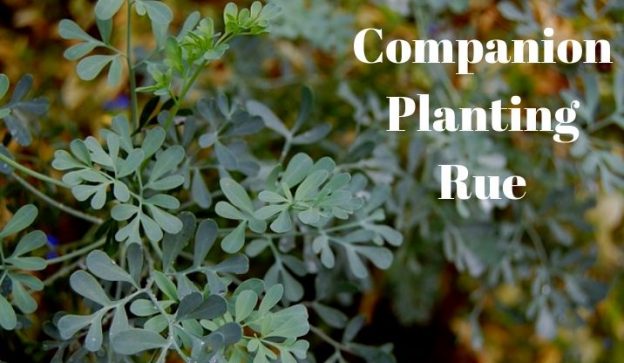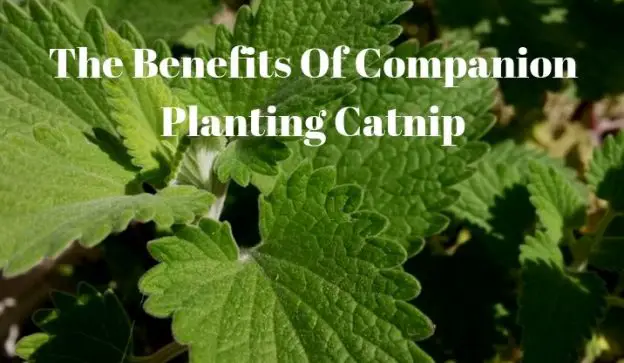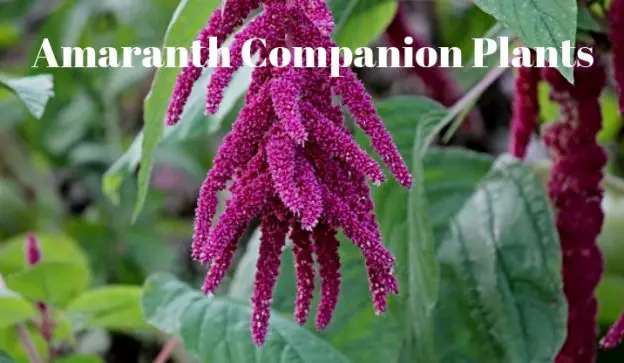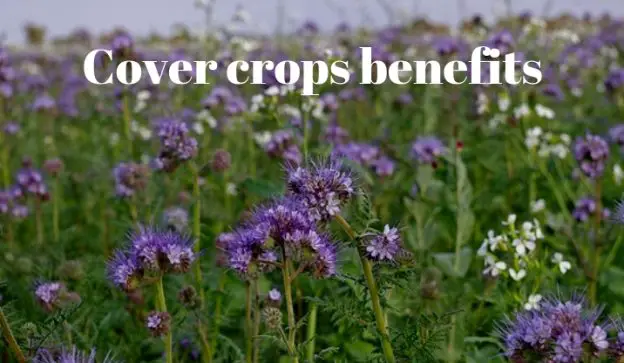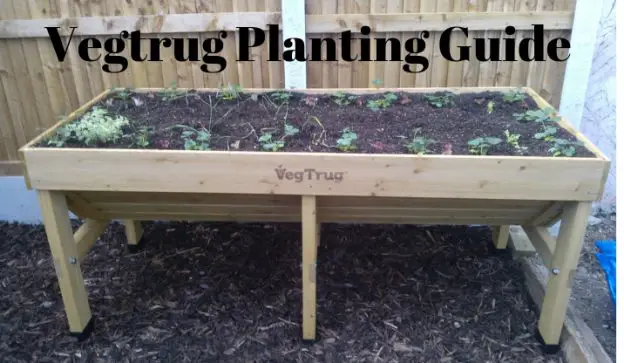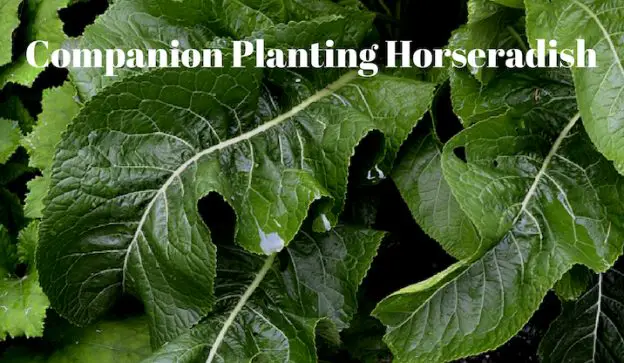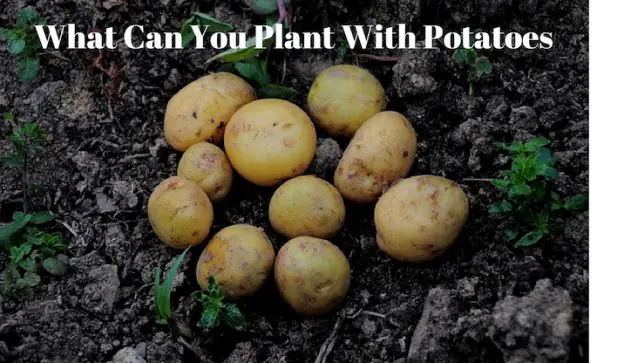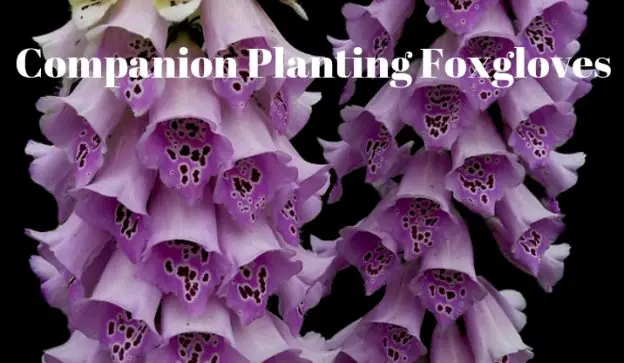Companion Planting Figs
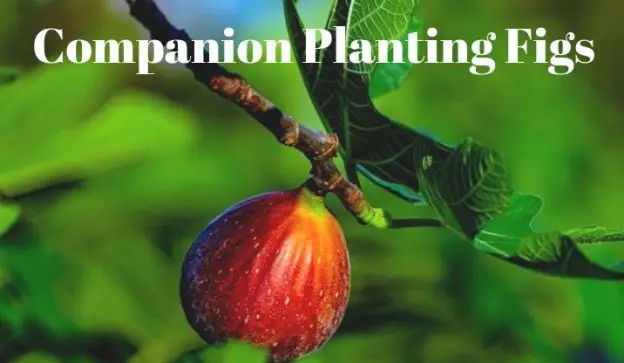
Man has been cultivating figs for at least 10,000 years and probably before that. During that time, many growing combinations will have been tried. We don’t need trial and error as we have all of that combined knowledge of companion planting figs to draw upon, The benefits of companion planting are well known and scientifically proven to improve plant health and growth. Fig companion planting is an interesting one as most figs do better with confined roots. This means that we need to be mindful that companion plants will be in competition for nutrients. Companion Planting Figs I mentioned confining… → Read More

